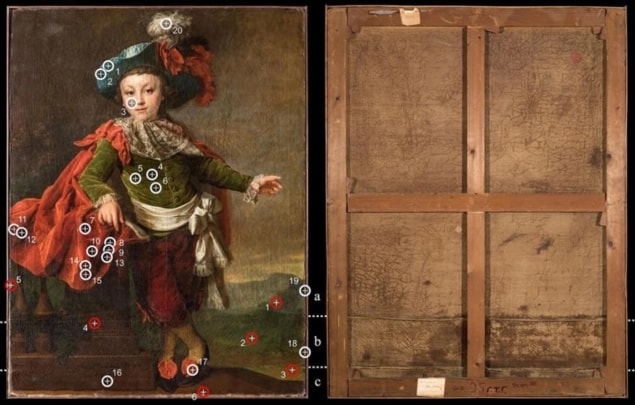
Physicists at the Moscow Institute of Physics and Technology along with colleagues at the Kurnakov Institute of General and Inorganic Chemistry and the Tretyakov Gallery have solved a longstanding mystery surrounding a famous painting.
“The Portrait of FP Makerovsky in a Masquerade Costume” was painted by Dmitry Levitsky in 1789. The work appears to have been done in three sections and it had not been clear whether all three had been painted by Levitsky or had been later additions.
The team used infrared and Raman spectroscopy, scanning electron microscopy, energy dispersive X-ray spectroscopy and other techniques to work out that the entire work was indeed done by Levitsky.
“In my opinion, the presence of art historians, chemists, and physicists in one team was key to the success of this endeavor,” says physicist Ivan Volkov. You can read more in “Researchers reveal secret of 18th-century portrait from Russia’s Tretyakov Gallery”.
From art to nature, researchers at Lehigh University in the US have been studying how whales and other cetaceans propel themselves with relative ease through the water. They say that they are the first to create a model that can quantitatively predict how that shape and motion of a fin can be tailored to maximize propulsion efficiency.
“We’re studying how these animals are designed and what’s beneficial about that design in terms of their swimming performance, or the fluid mechanics of how they swim,” explains Keith Moored.
They discovered that orca fins are particularly efficient and hope that their model can be used to design better underwater craft. You can read more in “Researchers unlock secrets to swimming efficiency of whales, dolphins for next-gen underwater robots”.



